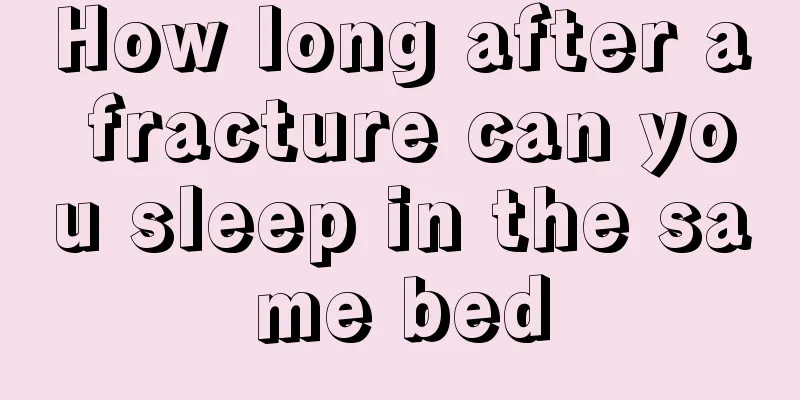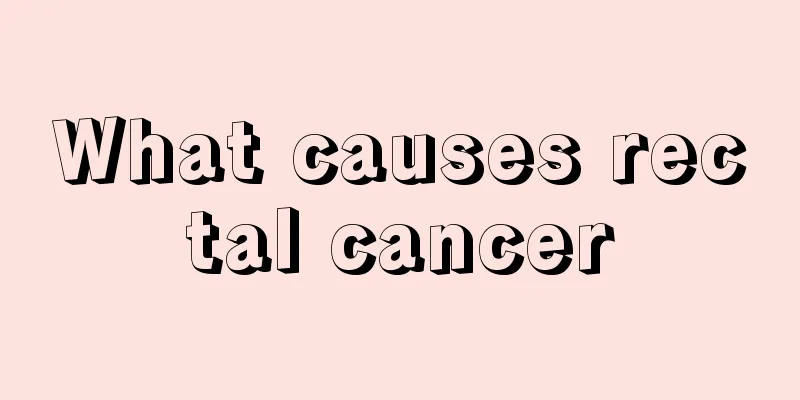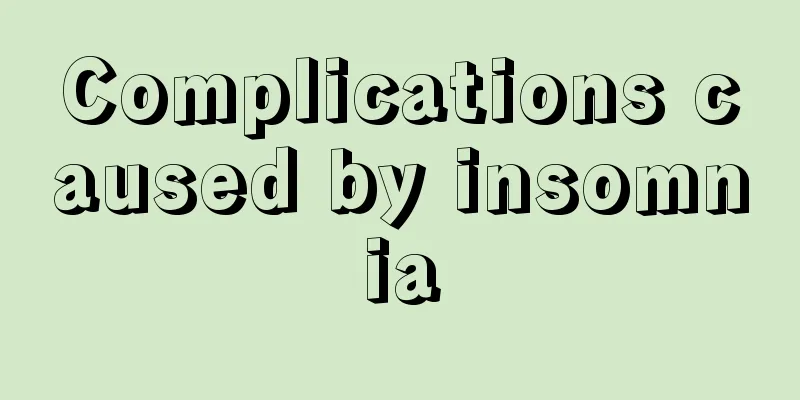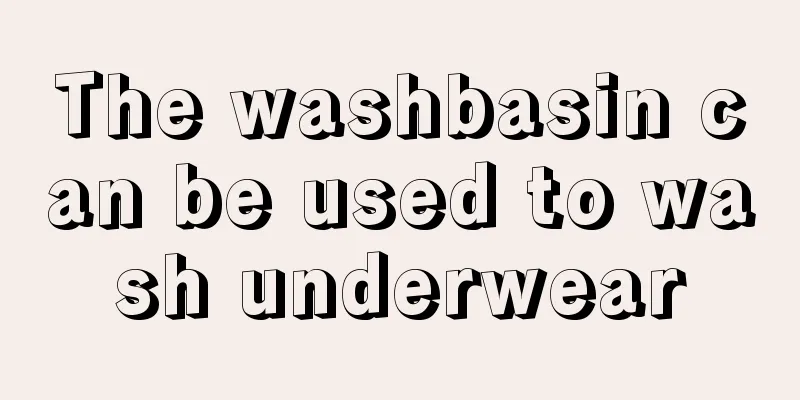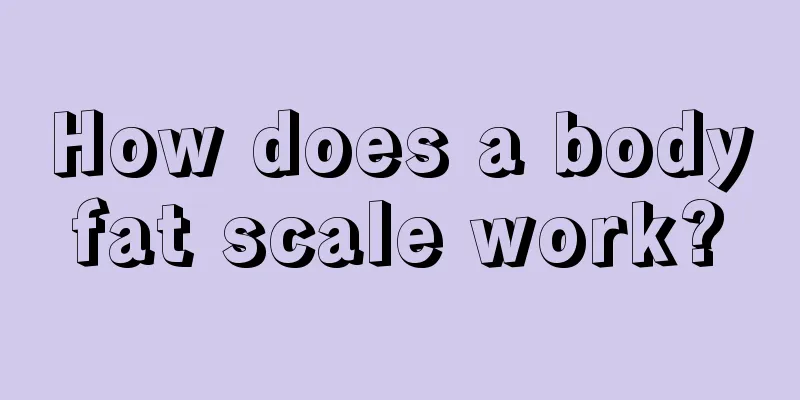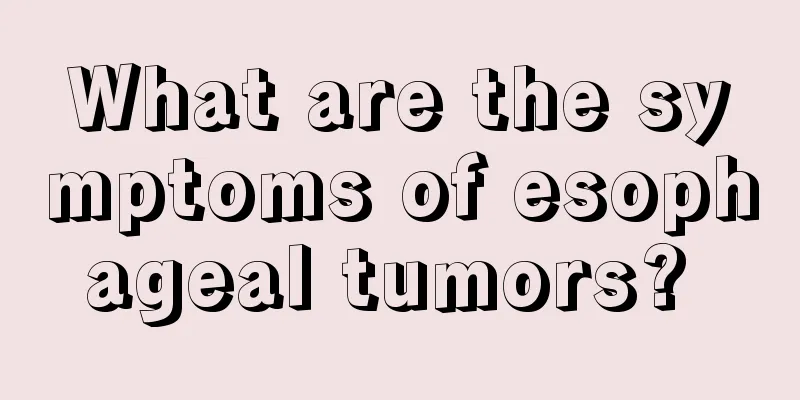What to do if a child has a fever and convulsions
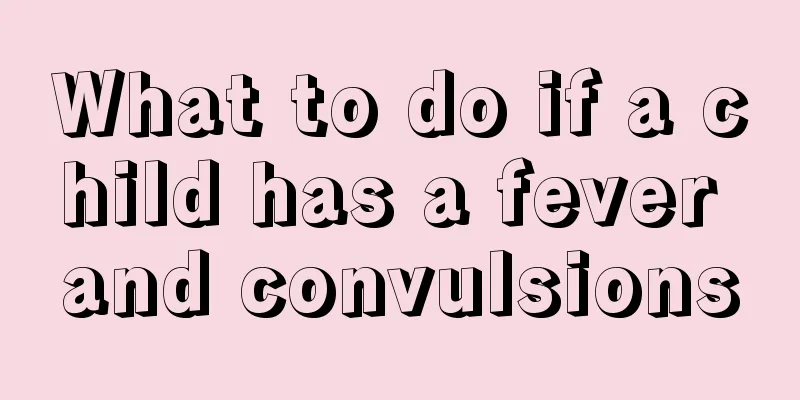
|
A child's body is constantly developing until he or she reaches adulthood, and for some infants and young children, their physical constitution and immunity are very poor. It is easy to be attacked by some diseases, and convulsions are inevitable when having a fever. At this time, it is very easy for colds and fevers to affect your health. When infants and young children have more serious conditions, some parents are scared to death. At this time, some parents want to know what to do if their children have a fever and convulsions? A baby's fever and convulsions are medically called "febrile convulsions". This is mainly due to the imperfect development of the infant's nervous system, such as poor inhibitory function of the cerebral cortex and incomplete formation of the nerve myelin sheath. Once stimulated by external stimuli, the excitement can easily spread and cause convulsions. Generally speaking, infants and young children between 6 months and 4 years old, especially those who often catch colds and fevers, are more likely to suffer from febrile convulsions. Convulsions usually occur when the baby has a high fever, such as a body temperature of 39℃-40℃, and last for a relatively short time, about 2-3 minutes, and generally do not exceed 10 minutes. After the convulsion stopped, the child woke up. Emergency treatment of febrile seizures Step 1: The child lies on his side or with his head tilted to one side. Immediately place the child in a prone position with his head tilted slightly back and his chin slightly protruding forward, without using a pillow. Or have the child lie flat without a pillow, with the head tilted to one side. Avoid giving medicine to the child during a convulsion (to prevent suffocation). Step 2: Keep the airway open. Unbutton your collar, wrap a tongue depressor or chopsticks with soft cloth or handkerchief and place it between the upper and lower molars to prevent biting your tongue. At the same time, use a handkerchief or gauze to promptly clean the secretions from the child's mouth and nose. Step 3: Control seizures. Use your fingers to pinch and press the child's Ren Zhong, Hegu, Neiguan and other acupoints for two or three minutes, and keep the surrounding environment quiet. Try to move the child as little as possible to reduce unnecessary stimulation. Step 4: Cool down. Cold compress—Place cold towels on the child’s forehead, palms, and thighs, and change them frequently; fill a hot water bottle with ice water or an ice pack, wrap it with a towel and place it on the child’s forehead, neck, or groin, or use a fever-reducing patch. Warm water bath—Use a warm water towel to repeatedly and gently wipe the areas where large veins run, such as the neck, armpits, elbows, groin, etc., to make the skin red to facilitate heat dissipation. Warm water bath: the water temperature is 32~36℃, the water volume should be enough to cover the torso, support the child's head and shoulders, and let the body lie in the basin. The bath time should be 5~10 minutes. Scrub the skin more often to help the sweat glands secrete. Drug-induced fever reduction—oral antipyretics, or inserting antipyretic suppositories into the baby’s anus. Step 5: Seek medical attention promptly. Generally speaking, a child's febrile convulsion will be relieved in 3-5 minutes. Therefore, when a child loses consciousness and has systemic symmetrical tonic-clonic spasms or convulsions, parents should not rush to take the child to the hospital. Instead, they should wait until the child regains consciousness before going to the hospital. Even if the child's convulsions have stopped after care, he or she should go to the hospital to further find out the real cause of the convulsions. However, if the child continues to convulse for more than 5-10 minutes without relief, or has repeated attacks in a short period of time, it indicates that the condition is serious and the child must be rushed to the hospital. On the way to the doctor, keep the child exposed and straighten the neck to keep the airway open. Do not wrap the child too tightly to prevent the child's mouth and nose from being blocked, causing airway obstruction or even suffocation and death. General care for common fever Control fever: Keep body temperature below 38℃. Physical cooling is the first choice, such as warm water baths and ice compresses on the head. Medication can also be used to reduce cooling. Keep the airway open: let the child lie flat with his head tilted to one side, loosen his collar, and clean the oral, nasopharyngeal secretions promptly. Keep quiet: Reduce all unnecessary stimulation and parents should not hug or shake the child. Diet: If able to eat, breastfeed promptly; older children can be given liquid food and encouraged to drink plenty of water, eat a light diet, and supplement nutrition. Others: For those who are drowsy, pay attention to changing the patient's body position and massage the back and buttocks frequently to promote blood circulation. Someone is assigned to take care of the child to prevent him/her from falling out of bed or getting hurt. The above are emergency measures for when the baby has a fever and convulsions. When the baby has a fever and convulsions, if parents can take necessary measures in time, they can avoid or reduce the complications caused by high temperature convulsions. If the convulsion lasts more than 4 minutes, you should go to the hospital immediately; if it is less than 4 minutes, you can wait until the child feels better and rests for a while before going to the hospital. The question of what to do if a child has a fever and convulsions has been introduced in the above article. If your child has this problem, parents can use the above method. For children, this disease comes very suddenly. If there is no time to get to the hospital, parents need to prepare ways to alleviate the condition of their children, so the above methods are very important. |
<<: Why do women feel chest pain and shortness of breath?
>>: What are the causes of palpitations, chest tightness and general weakness?
Recommend
Brushing your teeth can also clean your blood vessels
A new study reminds that healthy teeth are also b...
What is the difference between Maotai-flavor liquor and Luzhou-flavor liquor
Both Maotai-flavor liquor and Luzhou-flavor liquo...
Can drinking honey water cure pharyngitis?
Pharyngitis is a chronic disease, which is often ...
How to treat gum ulcers
Oral ulcers can also be divided into more detaile...
Is non-gonococcal disease highly contagious?
Nowadays, many people are not very clear about no...
The efficacy and effects of purslane root and how to eat it
Purslane is a very common plant in daily life. It...
What are the clinical symptoms of liver cancer? The key points of CT manifestations of primary liver cancer
CT examination can specifically diagnose the type...
Can a herniated disc heal itself?
Because of work or lifestyle habits, more and mor...
What is the treatment for sinus tachycardia
Sinus tachycardia can cause symptoms such as dizz...
What kind of disease hidden behind sudden weight loss
Recently, Cecilia Cheung was in pain because of t...
Is sacral cyst serious?
Sacral cyst is a very common disease in daily lif...
Can I eat fruit right after giving birth
A woman can eat some fruit right after giving bir...
How to tear off a Band-Aid without pain
If the human body is injured and wounds appear in...
What are some tips for keeping healthy
In today's society, many people always pay at...
Lymph node metastasis of prostate cancer
Prostate cancer lymphatic metastasis is only one ...

